The pandemic, global warming and now the war in Ukraine have forced organisations to rethink how they keep up with the speed of new risks emerging, the profile of risks changing, and how risk management practices must adapt as a result. Gone are the days when a board reviewed its principal risks on an annual basis. Managing risk today must be a dynamic and continuous process – as well as on every board meeting agenda. It cannot be written up as part of a glossy annual report, then put away for the rest of the year.
We cannot predict the future, but the QBE Unpredictability Index, published on the eve of the pandemic, indicated that the world was already becoming a less predictable place for businesses and that periods of instability were getting longer. Having tracked a set of indicators across business, economic, environmental, political and societal pillars, the index showed that almost all of the ‘least predictable years’ have occurred in the past 20 years – the majority during the past decade.
The crisis in Ukraine has reminded us how connected our world and its risks are. As the Lloyd’s and Aon Futureset Report of July puts it: “At a time when societies and economies have been dealing with the lingering effects of an unexpected global health crisis – and the quickly materialising impacts of global climate change – the events in Ukraine have added another layer of complexity to an already unpredictable risk landscape. What started as a regionally confined conflict has quickly morphed into an economic, societal and environmental crisis with truly global repercussions.”
Today, we are preparing for scenarios associated with natural disaster, financial collapse, geopolitical conflict, pandemic, or a combination of these concurrently as a ‘perfect storm’ emerges. Whatever the next crisis, organisations must be constantly prepared to navigate the storm, to ride the waves of opportunity, and to be ready in case of the worst. Since the outbreak of the pandemic, the number of individuals actively preparing for catastrophe, known as ‘preppers’, has rapidly increased around the world. The ‘prepping’ subculture has grown, with people stockpiling food, water and whatever else they think is necessary should basic services falter, inflation get out of control, or society turn chaotic.
‘It’s the end of the world as we know it,’ sang R.E.M.’s Michael Stipe – who went on to sing ‘and I feel fine’.
I am not suggesting the end of the world or civilisation as we know it, and encouraging the migration of the concept of preppers into commercial life, or conversely that all is fine – what I do endorse is the constant analysis by organisations of scenarios, looking longer term beyond the immediate horizon – and achieving a constant state of fitness to respond to opportunities and threats as they emerge. Volatility is now a constant state – not a ‘once in a generation’ context.
Printed Copy:
Would you also like to receive CIR Magazine in print?
Data Use:
We will also send you our free daily email newsletters and other relevant communications, which you can opt out of at any time. Thank you.




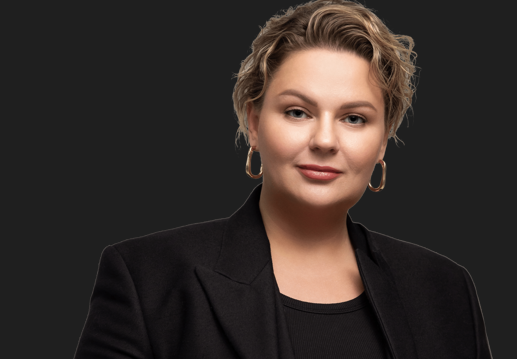

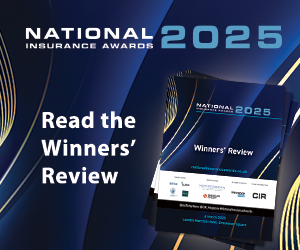
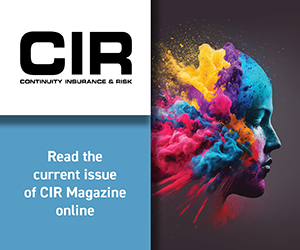
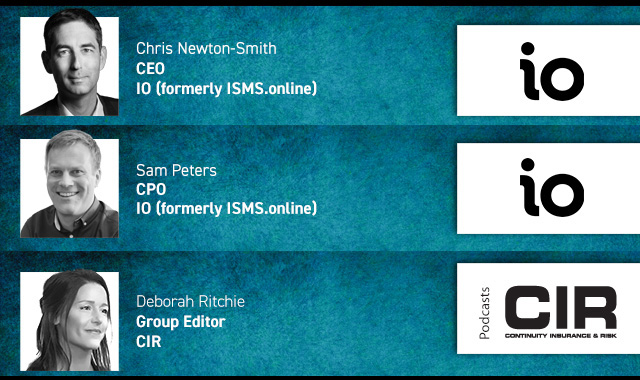
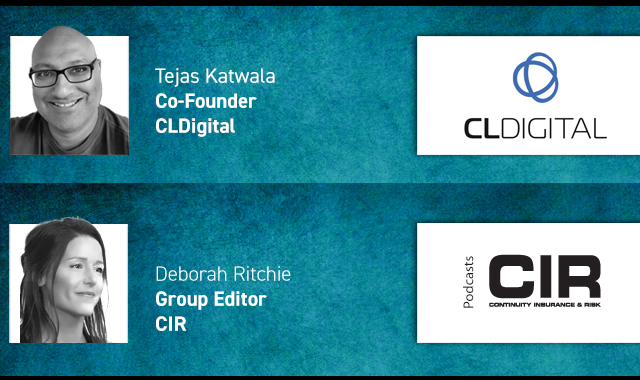

YOU MIGHT ALSO LIKE